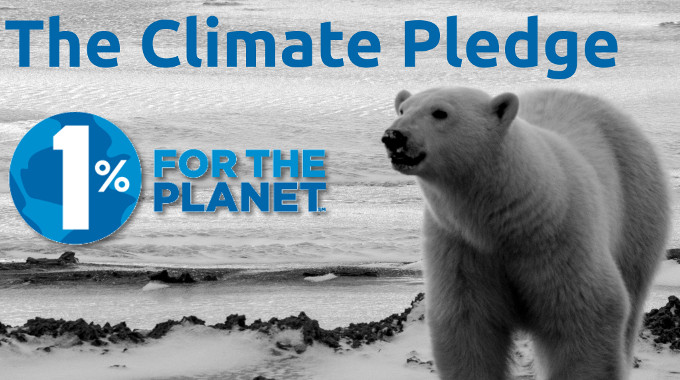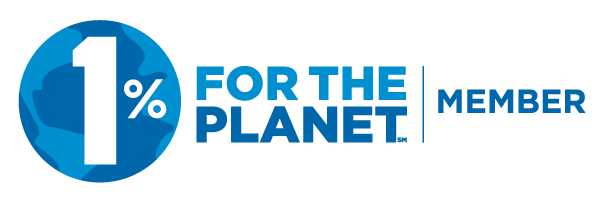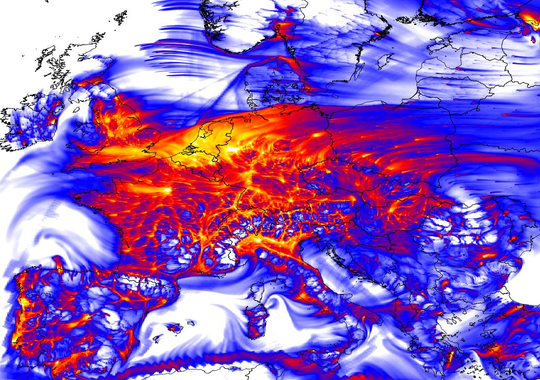
There are two main ways we can achieve carbon neutrality:
- minimize CO2 emissions at source (by reducing the movement of people, energy and resource consumption, designing adapted proposals, etc.), and
- compensate for all the remaining emissions.
Since 2014, we have been building our proposals and services, considering these two axes. Thus, we are committed to achieve, for each project:
- a process of CO2 reduction designed from the start of each project (video conferencing rather than travel, train travel rather than car transportation, give priority to electric vehicle when possible, soft copies rather than hard copies, give priority to subcontractors closer to the working site, …),
- propose suitable and low CO2 engineering solution that is sustainable, cost effective and local (by favoring certain materials or methods of implementation for example),
- carry out an assessment of CO2 emissions (CO2 Balance or Carbon Footprint of the project) resulting from the project or study (including time spent on computers, electricity, consumables, travel …),
- compensate or offset remaining CO2 emissions with an independent carbon offset project (with an external agency, certified and guaranteeing the origin of the carbon credit purchased such as: MyClimate.org),
- provide a Carbon footprint summary to our client showing the CO2 emission balance and compensation certificate at the end of the study.
This approach is achieved without additional cost to our clients and for all our projects
An annual assessment of emissions and offsets is done internally and is reported publicly in our Communication on Progress (COP) of the Global Compact.
Find out more about our values here.
Photo: New Zealand forest from Tom Hall (c)







Pingback: ATMOTERRA: All our projects and activities are carbon neutral : One Percent for the Planet